If you’ve been following along with our patio makeover for the One Room Challenge, then you know that I painted the two sets of french doors and the single side door going that goes out to our patio. All of those doors are gridded doors with 15 glass panels, you know the ones. I was dreading painting the doors…that is, until I discovered an easy way to paint french doors!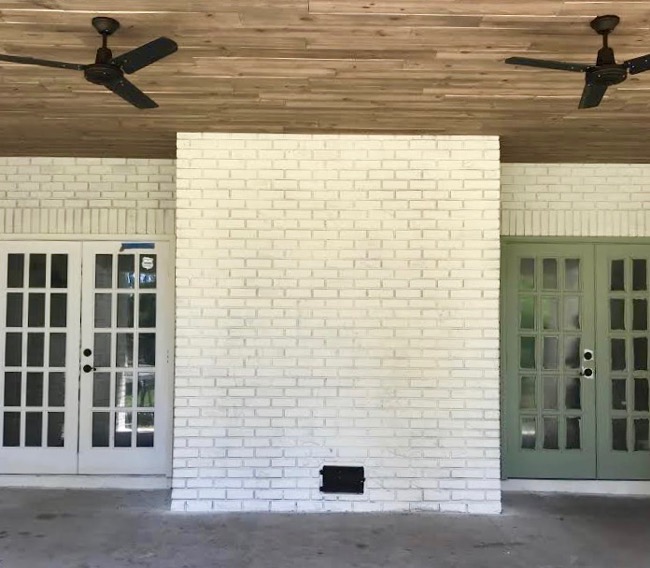
I speak from experience when I say that painting french doors is a pain in the butt. You have to either tape off the glass on each window grid, which is super annoying, time-consuming and doesn’t always prevent the paint from bleeding onto the glass, or you just paint the grids getting as little as possible on the glass and scraping it off with a razor blade after it dries. Having painted the interior of all of those french doors, I know that either way is not fun. This time around, I did a little research and discovered a pretty cool product that offers an easy way to paint french doors.
An Alternative, Easy Way to Paint French Doors
Enter, Masking Liquid H2O. Masking Liquid H2O is an acrylic-modified, water-based clear coating formulated to peel from glass and eliminates the need for scraping off paint with a razor blade.
Here’s how it works. Before painting french or gridded doors, you brush (or spray) the masking liquid onto each glass panel. It’s thinner than paint and has a milky consistency. It adheres to wood too, so you don’t have to worry if get some liquid on the wood grids. Once it dries, it creates a cloudy film over the glass.
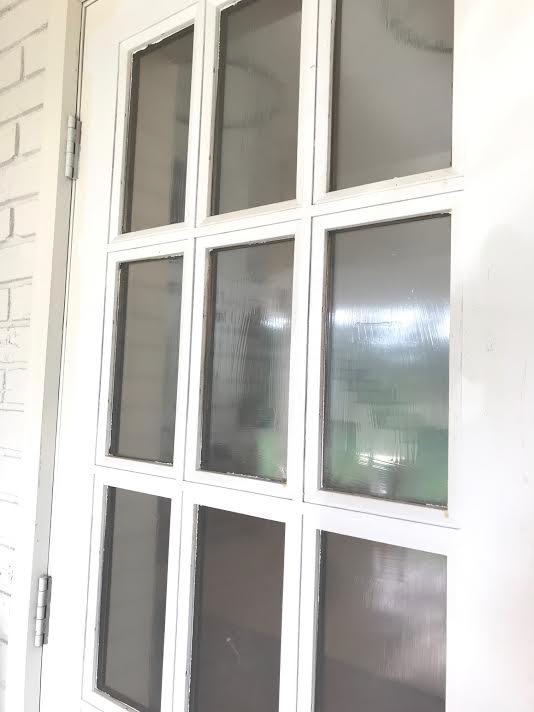
After the film is completely dry, you then paint your wood grids, without having to worry about how much paint you get on the glass.

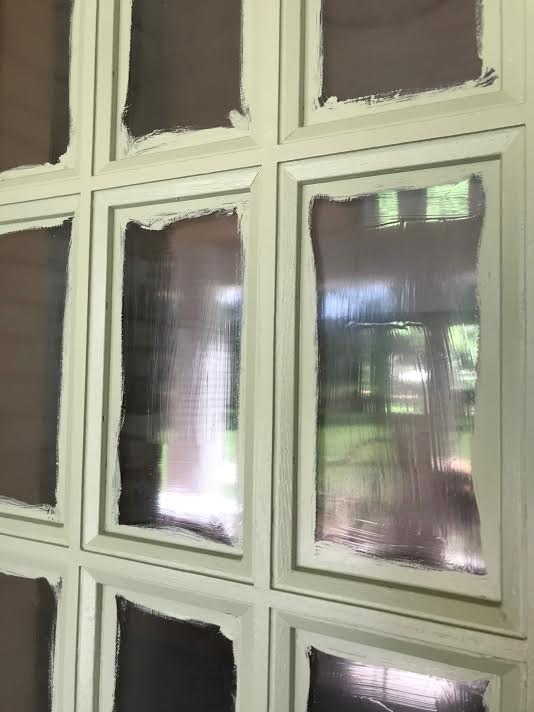
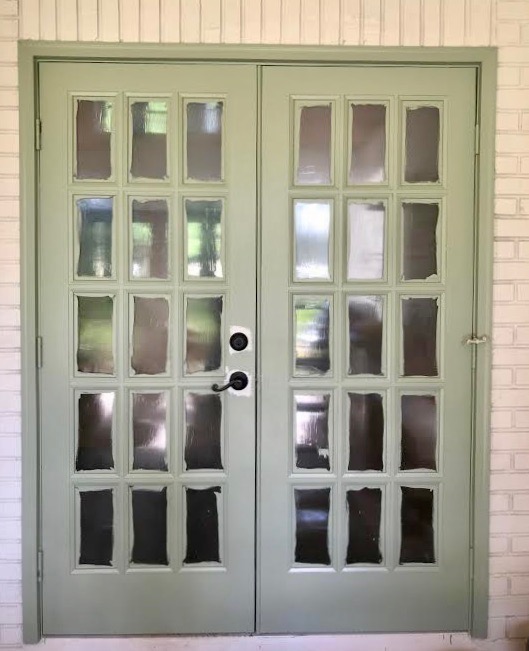
Once you’ve painted your doors with the desired coats, allow the paint to dry completely. Once dry, scour the edge of each glass panel and then peel the masking liquid film off of the glass.
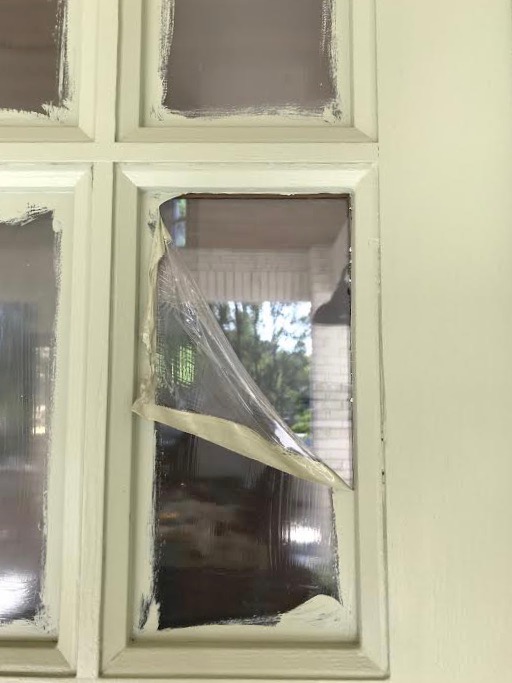
Here’s a little boomerang I made with Instagram of peeling the film off the glass.
Then, if necessary, you just clean up the inside edges of the glass.
I love this easy way to paint french doors! I found this method more convenient than taping or scraping paint from the glass panels.
We did all 5 doors and used about 1/2 quart. The trick is to make sure the glass has good coverage when applying the masking liquid. Ours did stick a little here and there because there was some residual paint on the glass of our doors from when they were painted white before we moved in. All we did was trim up the edges with the razor blade and it worked like a charm. I will definitely be using this product again and regret not discovering it before I painted the interior of all those doors!
This post is not sponsored, I paid for the product and love it! This post contains an affiliate link.

5 Responses
Hi Becky, thanks for sharing, this looks so easy! I just tried this product and had some trouble peeling (maybe bc we had old paint residue on the glass.) What do you mean scour the edge before you remove the film? With a sponge? The brand I purchased didn’t have this bit, maybe that would make the removal easier. Also, I painted on the liquid and waited a day or two before painting…maybe I waited too long. Thank you!
Hi Maia! I’m sorry you had some issues!! We too had a bit of paint residue on the glass. We applied the product right over it and ours sat for a few days too. Before we peeled, we scour or cut along the edge of the inside of the window with a razor blade. That’s a necessary step to create an edge and straight line around the window to make peeling easy. We did have to go back and do some minor touchups because of that pre-existing paint residue, but it was not difficult at all. I hope that helps! Let me know if you have further questions!
I love the color green on your door! Do you happen to have the brand and name?!
Hi Ashely,
Color and source details are on found in several posts about our back patio makeover. It’s Clary Sage by Sherwin Williams.
How did you keep the masking liquid off the wood of the door? If it’s under there it will affect the adhesion of the top coat wouldn’t it? Doesn’t the time spent masking the windows equal the time spent scraping? Don’t mean to be negative.. all these questions popped up in my mind.